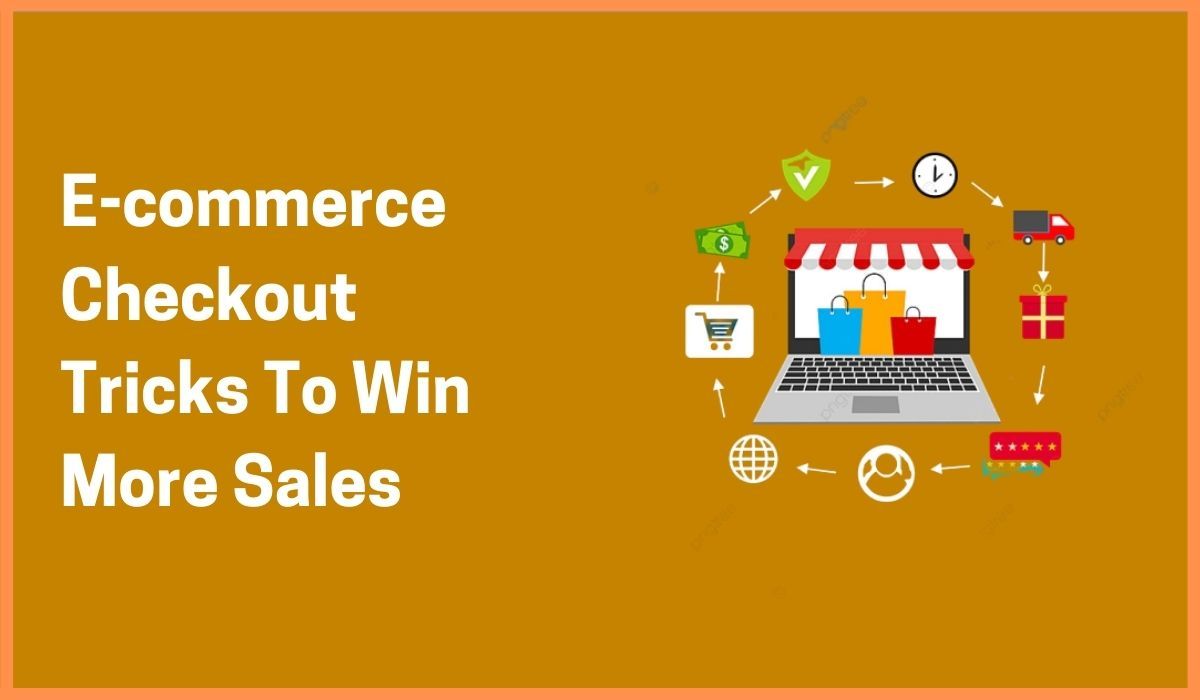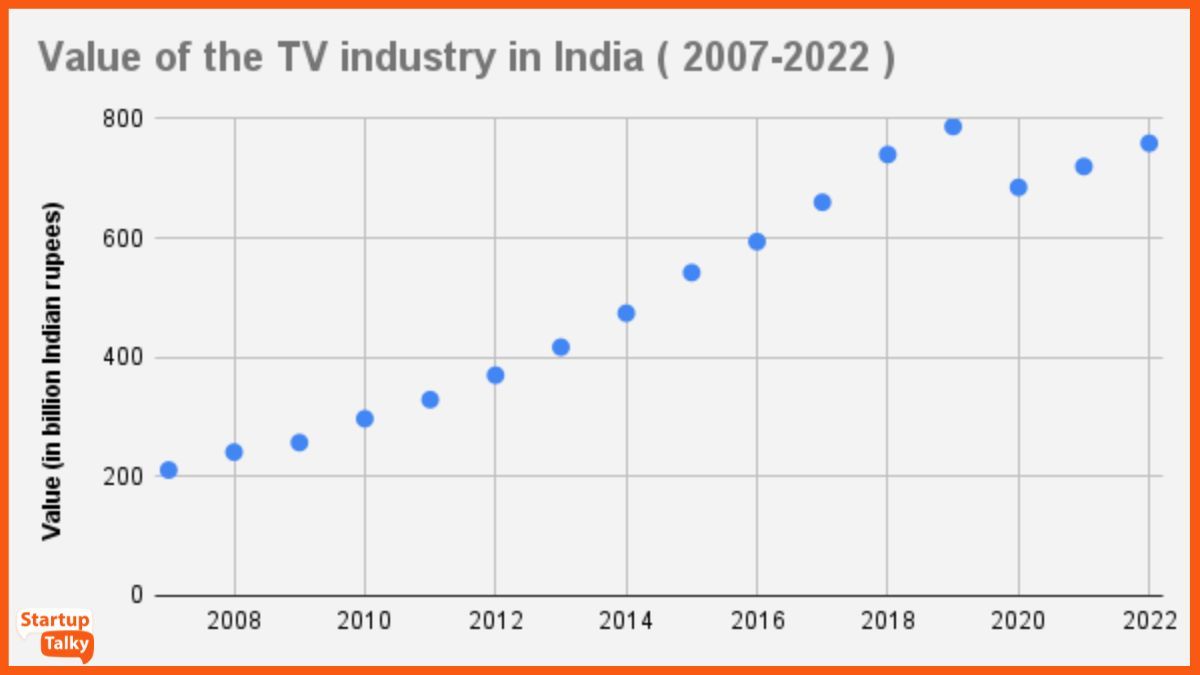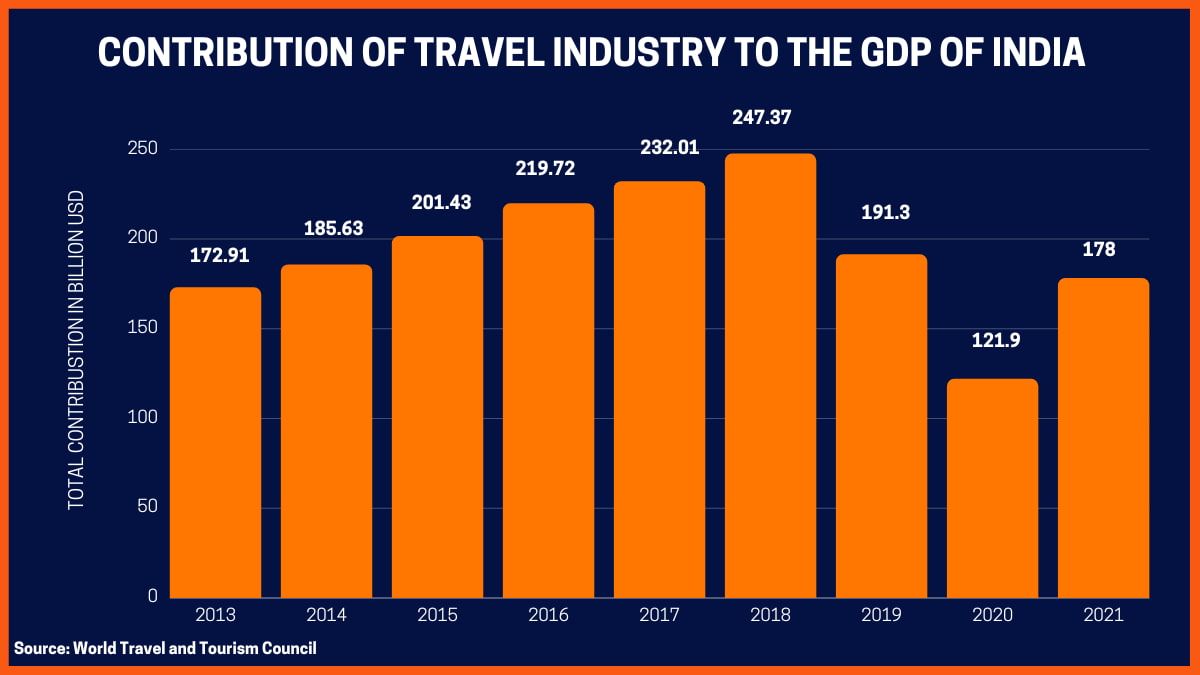Company Profile is an initiative by StartupTalky to publish verified information on different startups and organizations. The content in this post has been approved by Etsy.
Everyone has vintage products, handmade things, crafty goods, etc., but there is always a shortage of such products. Money is not always the key to reach towards the things desired. People need to enter the right place at the right time. This is the only way to find out extraordinary things.

Etsy is such a place that especially focuses on handmade, vintage, and craft supplies. These three sections have got some categories within them. Here is the Etsy success story and exactly how it works!
Etsy – Company Highlights
| Startup Name | Etsy |
|---|---|
| Headquarter | Brooklyn, New York, US |
| Sector | E-commerce |
| Founders | Rob Kalin, Chris Maguire, Jared Tarbell, and Haim Schoppik |
| Founded | 18 June 2005 |
| Website | etsy.com |
Etsy – About
Etsy – Startup Story
Etsy – Founders And Team
Etsy – Logo
Etsy – Business Model
Etsy – Revenue Model
Etsy – Funding And Investors
Etsy – Growth
Etsy – Competitors
Etsy – Future Plans
Etsy – About
Etsy is an American e-commerce company that has a wide range of categories. It includes bags, clothing, jewelry, furniture, toys, art, and tools. The specialty of the company is that it provides vintage, handmade, and crafty supplies to its customers. All vintage items available on the website have got the least age of twenty years. The present CEO of Etsy is Josh Silverman.

Etsy – Startup Story
In the year 2005, the four founders of the company started Etsy in a Brooklyn apartment. The company started as a virtual storefront for arts and crafts. The actual vision of the four founders was to help the craftsmen sell their goods on an online platform. Rob Kalin, a founder of the company removed himself from the day-to-day operations. After a lot of struggle, today the company is an artisanal marketplace.
Etsy – Founders And Team
Rob Kalin, Chris Maguire, Jared Tarbell, and Haim Schoppik are the Etsy Founders.
- Rob Kalin is one of the Founders of Etsy. He was the CEO of the company from December 2009 to July 2011. His CB Rank as a person is 4,224.
- Chris Maguire was the Co-founder and director of Etsy from December 2004 to August 29th, 2008. Now, he is the chairman and CEO of Cypress Equities.
- Jared Tarbell is an entrepreneur. He is the Co-founder of the company Etsy. His CB Rank as a person is 76,313. He completed his education at New Mexico State University in the year 2000.
- The founder of Etsy Haim Schoppik is also an entrepreneur. His CB Rank as a person is 6,161.

Etsy – Logo
Etsy has a simple logo with the words Etsy written on it.

Etsy – Business Model
The Etsy business model is that of an e-commerce marketplace. It enables artists to sell handmade unique products. Handmade products do not interest all. This platform is especially for those few interested and selective people. The business model of the company is almost like eBay or Amazon.
But the difference here is Etsy provides amazing value to both its buyers as well as sellers. The business model of Etsy is a vertical one. It only focuses on handmade items. The company has got an android app, a website, and an iOS app to sell its products.

Etsy – Revenue Model
The Etsy revenue model is unique.
Etsy charges sellers to list items on its platform. The fee is meager for listing items. It is $0.20. The money paid is valid for four months. So, it’s a big point for the sellers.
Etsy charges a commission fee for every sale, 6.5% is the fixed commission fee. Sellers have got the option of setting their own desired sale price. But Etsy cuts a commission of 6.5% from the sale price as mentioned above.
Etsy – Funding and Investors
The company has raised a total amount of $97.3 million in funding over nine rounds. The latest funding round took place on May 15, 2017.
| Date | Transaction Name | Money Raised | Lead Investor |
|---|---|---|---|
| May 15, 2017 | Post-IPO Equity | – | – |
| May 22, 2014 | Private Equity | $5.6 million | – |
| May 9, 2012 | Series F | $40 million | Index Ventures |
| August 26, 2010 | Series E | $20 million | Index Ventures |
| January 1, 2008 | Series D | $27 million | Accel |
| July 1, 2007 | Series C | $3.3 million | – |
| January 1, 2007 | Series B | – | – |
| November 1, 2006 | Series A | $1 million | Union Square Ventures |
| June 18, 2005 | Angel Round | $400,000 | – |
Etsy has got 19 investors and TGP is the most recent investor.
Etsy – Growth
The company is trying its best to grow bigger. Etsy announced that they would start advertising on behalf of the sellers. It is also changing many designs to boost sales and show growth to its sellers. In the year 2015, Etsy hit the stock market. Investors were super excited at that time by seeing the potential of the platform. The company is willing to provide a fascinating look to an idealistic group of people. They are also trying hard to fulfill the demands of the public market.
Etsy – Competitors
The top competitors of the company are Shopify, Big Cartel, Zibbet, and Handmade at Amazon.
- Shopify is a Canadian multinational e-commerce company.
- Big Cartel is a unique online store. It helps people run creative businesses.
- Zibbet is a marketplace. It helps people to know more about artists, entrepreneurs, and creativity.
- Handmade at Amazon helps people to shop for handcrafted home decor, jewelry, accessories, and many more gifts.

Etsy – Future Plans
The company has got a long-term strategy. The goal was, is, and will be to bring unique and creative things to the market. They have plans to deliver sustained growth. The company believes that four elements will help them grow its business better – a collection of unique items, first-class discovery, human connections, and trusted brands. These four things are very essential for a company. This applies not only to Etsy but also applicable in other companies to enlarge their businesses. Chief Financial Officer commented in a meeting that he and his team believe that product improvements have taken place.
Conclusion
Etsy is an e-commerce platform that focuses on handmade, vintage, and unique items. It allows small business owners and independent creators to sell their products to a global customer base. It has become a popular destination for unique and handcrafted items.
FAQs
What is Etsy?
Etsy is a US-based online marketplace where anyone can sell handmade products.
Is Etsy Available in India?
Yes, Etsy is available in India.
Is Etsy owned by Amazon?
No, Etsy is an independent company.
Who founded Etsy?
Robert Kalin, Chris Maguire, Haim Schoppik, and Jared Tarbell founded Etsy on June 18, 2005.
How much does it cost to use Etsy to sell?
Etsy will charge you $0.20 for listing each item and a 6.5% transaction fee for every sale.








































